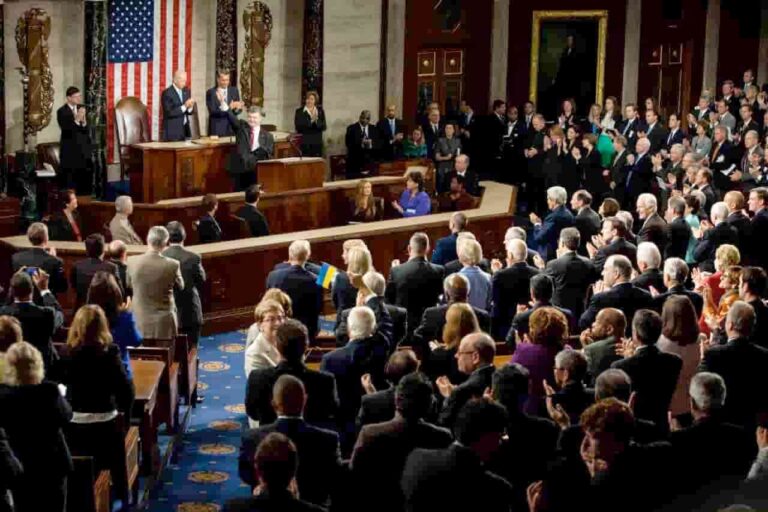Bitcoin remains a force to be reckoned with in the financial landscape of 2025. Whether you’re an investor, a developer, or a curious onlooker, understanding the dynamics controlling Bitcoin’s price is crucial. From large-scale investors – often referred to as whales – to groundbreaking developer upgrades and shifting government policies, the forces shaping Bitcoin’s market are diverse and deeply interconnected. Let’s dive deeper.
The Power of Whales in the Crypto Market
In the world of Bitcoin, whales – investors controlling thousands of BTC – have a profound impact on market movements. As of May 2025, wallets holding over 1,000 BTC have surged to 1,455, signaling increased accumulation. Institutional heavyweights like MicroStrategy and BlackRock now collectively hold approximately 6% of the total Bitcoin supply, giving them tremendous sway over prices in an ecosystem with a fixed issuance cap.
But whales aren’t always hodlers. Many trade strategically, capitalizing on market cycles to maximize profits. For instance, Bitcoin saw several corrections in early 2025 following increased inflows from whale wallets to exchanges. Conversely, dormancy in whale wallets has often heralded bullish periods, such as Bitcoin surpassing $110,000 in April. While early adopters consolidate for the long haul, newer large holders, such as hedge funds, have rapidly taken profits worth billions.
Did you know? The top 2% of Bitcoin wallets control over 90% of the cryptocurrency’s supply, yet most of these belong to exchanges or cold storage, meaning direct market influence is more concentrated than raw data suggests.
Bitcoin Development and Its Market Influence
Although Bitcoin upgrades occur infrequently, their market impact can be monumental. Past examples, like SegWit in 2017, improved transaction scalability and paved the way for the Lightning Network, helping Bitcoin climb from $4,000 to nearly $20,000 within months. Similarly, the Taproot upgrade in 2021 enhanced privacy and scripting capabilities, further solidifying Bitcoin’s utility and appeal.
Fast forward to 2025, and developers are buzzing about upcoming features like covenants and advanced opcodes such as OP_CTV. These upgrades could enable programmable spending conditions, vault functionality, and more. With over 3,200 code contributions this year, developer activity is on the rise, reflecting optimism and innovation in the protocol.
Want to enhance your knowledge of Bitcoin and its developments? Explore the Ledger Nano X, a secure wallet to keep your BTC investments safe while staying updated on technological advancements.
Government Policies: Shaping Perception and Sentiment
Governments may not control Bitcoin directly, but their decisions exert significant influence. A pivotal moment occurred in 2024 when the U.S. approved spot Bitcoin ETFs, driving the price past $73,000. Institutional inflows through entities like BlackRock’s iShares Bitcoin Trust marked a new era for Bitcoin adoption.
Conversely, stringent surveillance policies, such as the EU’s regulations on self-custodial wallets, have caused market jitters in the past. Traders are equally reactive to macroeconomic shifts; for example, the U.S. Federal Reserve’s 2023 pause on interest rate hikes fueled renewed interest in Bitcoin and other hard assets. Yet, even restrictive policies, such as China’s bans on mining and trading, haven’t curbed demand; over-the-counter (OTC) trading remains robust within the region.
Did you know? Spot Bitcoin ETFs helped drive CME futures open interest to a record $9.6 billion in Q1 2025, underscoring institutional confidence in Bitcoin’s viability as an asset class.
The Decentralized Tug-of-War
Determining who really controls Bitcoin’s price remains a complex question. Whales hold the power to cause dramatic price swings through accumulation or distribution. Developers influence long-term utility and adoption through upgrades. Governments and regulators shape demand by creating either a welcoming or restrictive environment.
However, the true answer is simpler: no one entity fully controls Bitcoin. Its price movements are a reflection of decentralized belief, behavior, and interplay between varied stakeholders, including retail investors, institutions, regulators, and developers. Bitcoin thrives in this delicate balance, serving as a pulse of global sentiment and economic shifts.
Want to stay updated on the latest Bitcoin trends? Subscribe to leading crypto news platforms to ensure you’re always in the know.



